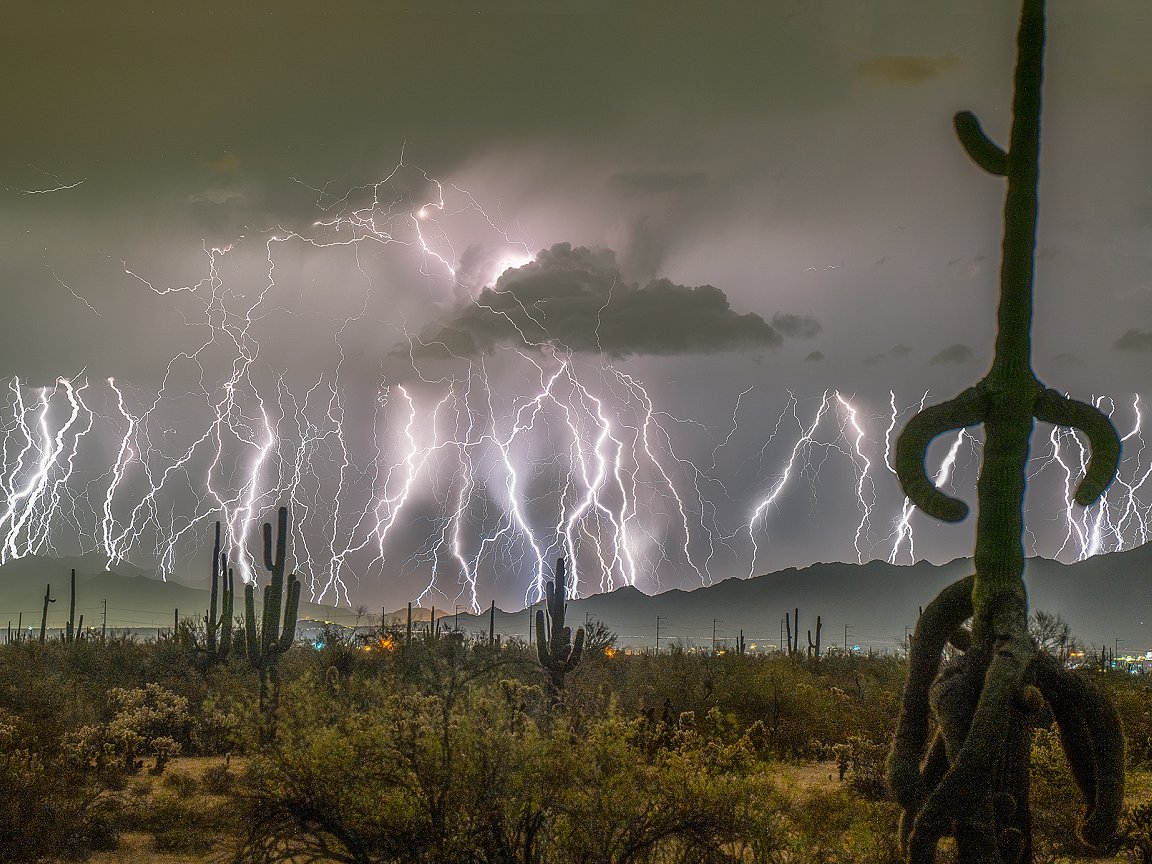
WMO certifies ‘megaflash’ lightning world record in US

By the Climate Centre
The World Meteorological Organization has established a new world record for the longest lightning flash – 829km in a “notorious storm hotspot” in the US.
The megaflash occurred in October 2017 during a major thunderstorm, extending from eastern Texas to near Kansas City – equivalent to the distance between Paris and Venice.
The flash was not identified in the original 2017 analysis of the storm, but was discovered through a re-examination of it recently.
WMO Secretary-General Celeste Saulo said: “Lightning is a source of wonder but also a major hazard that claims many lives around the world every year and is therefore one of the priorities for the international Early Warnings for All initiative.
“These new findings highlight important public safety concerns about electrified clouds which can produce flashes which travel extremely large distances and have a major impact on the aviation sector and can spark wildfires.”
The WMO’s rapporteur for weather and climate extremes, Randall Cerveny, added that “assessment of environmental extremes such as this … testify to the significant scientific progress in observing, documenting and evaluating such events.
“It is likely that even greater extremes still exist, and that we will be able to observe them as additional high-quality lightning measurements accumulate over time.”
Safest structures?
Lightning is a major humanitarian concern worldwide, especially in the tropics and particularly in Central Africa.
The most lethal direct strike ever recorded remains the 21 people who were killed as they sheltered in a hut in Zimbabwe in 1975.
The safest structures are substantial buildings that have wiring and plumbing, rather than beach huts or bus stops, the WMO says, followed by metal-topped vehicles.
Scientists say the link between lightning and climate change is difficult to establish since the physics of clouds on long climate timescales is uncertain.
A 2023 Royal Meteorological Society journal article quoted one study as saying a 12 per cent increase in lightning for every 1°C of global warming might be expected, but as is often the case, “the impact of climate change on thunderstorms will be more complex, altering seasonal norms and potentially leading to fewer storms for some places”.
US photographer Edward Mitchell captured this cluster of separate lightning strikes using multiple exposures for the 2025 WMO calendar competition “to demonstrate how much energy is transferred in a monsoon storm”. (Photo: Edward Mitchell/WMO)